How to Speed Up My Macbookpro Again
Whether you use an old MacBook Air or a new MacBook Pro, it's likely to slow down eventually. On the bright side, the speed of your device is not necessarily determined by its age. It slows down for a variety of reasons, most of which are under your control. A click here, a tweak there, and it's not so hard to speed up your Mac again.
To spare you the frustration of the spinning beach ball, we've put together a list of powerful optimization tips. Use them to squeeze the most out of your device.
Here are all the best, proven ways to speed up your Mac:
- Disable processes in Activity Monitor
- Remove login items on startup
- Free up space for system files
- Update macOS to the latest version
- Reduce visual effects
- Free up RAM
- Stop Spotlight indexing
- Swap HHD for SSD
- Reset the SMC and NVRAM
- Delete unused apps and extensions
- Stack desktop files
- Clear cache
1. Use Activity Monitor to disable resource-hungry processes
When your Mac's system resources are divided among multiple processes, it runs slower than usual. To speed up your Mac, hunt down resource-hungry processes in Activity Monitor and disable them:
1. Go to Finder → Applications → Utilities → Activity Monitor
2. Go to the CPU tab
3. Double-click an app with high CPU usage
Important: Make sure you know what the app does before you close it
4. Click Quit to kill the process
5. Confirm the action
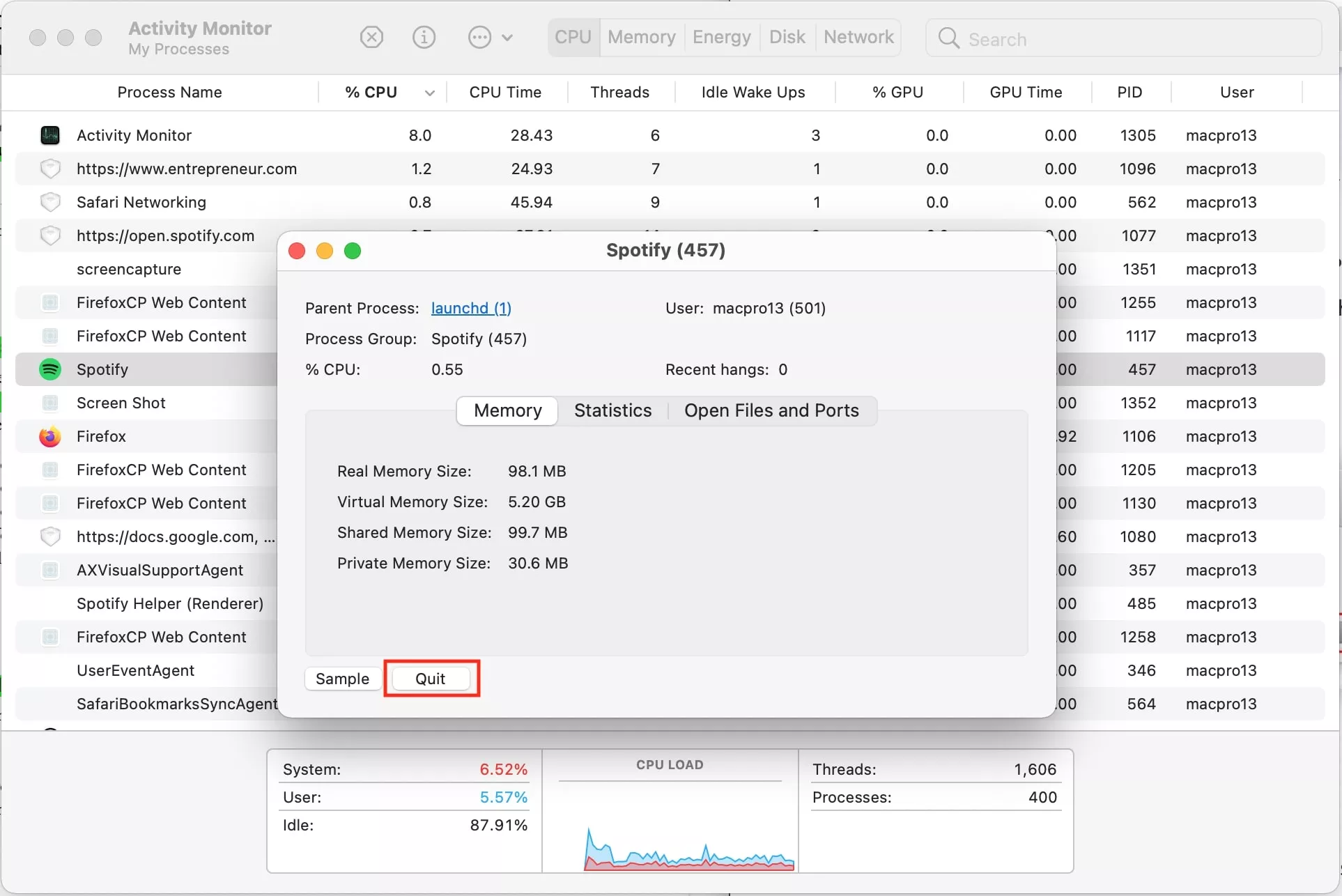
Pay attention to the processes running in the background. Unfamiliar processes with excessive CPU usage can be viruses.
2. Manage login items to improve startup speed
Login items (or startup items) are scripts that allow some apps to launch automatically each time you boot your Mac. Your computer is expected to have some startup items but, when not kept in check, they can reduce your battery life and consume your processing power, causing the Mac to drag.
Luckily, it takes just a few clicks to remove them:
- Go to the Apple menu in the menu bar
- Click on System Preferences and open Users & Groups
- Go to Login Items
- Look through the list and remove anything you don't want to launch when you boot your Mac
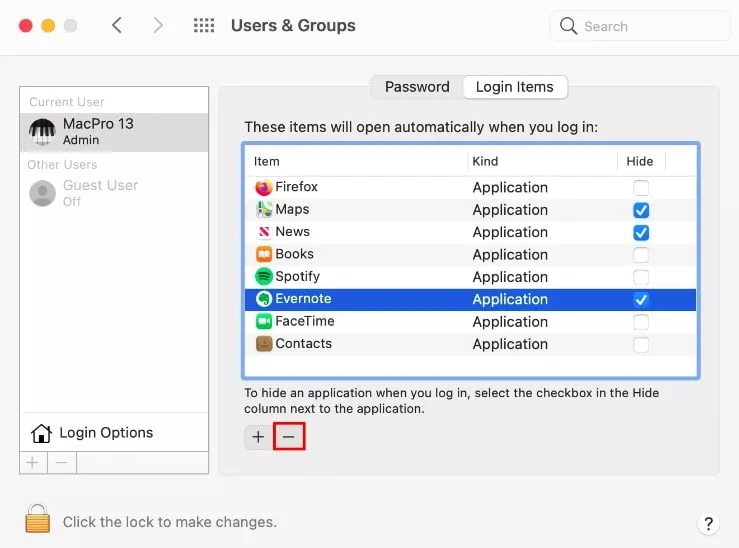
Alternatively, use MacKeeper to easily manage startup items on your Mac.
3. Clean up your Mac hard drive to free up space for system files
Many people are more productive in a clean environment. In this regard, Macs are not that different from people - they also need some breathing space to work efficiently. This means you shouldn't use up all your available hard disk space if you want your Mac to run smoothly.
You should keep at least 20GB of free hard disk space on your Mac, which is needed for storing cache files and swap files for your apps.
Here's how to clean out your Mac's hard drive:
1. Go to the Apple menu
2. Click About This Mac
3. Select Storage to check how much free space is left on your device
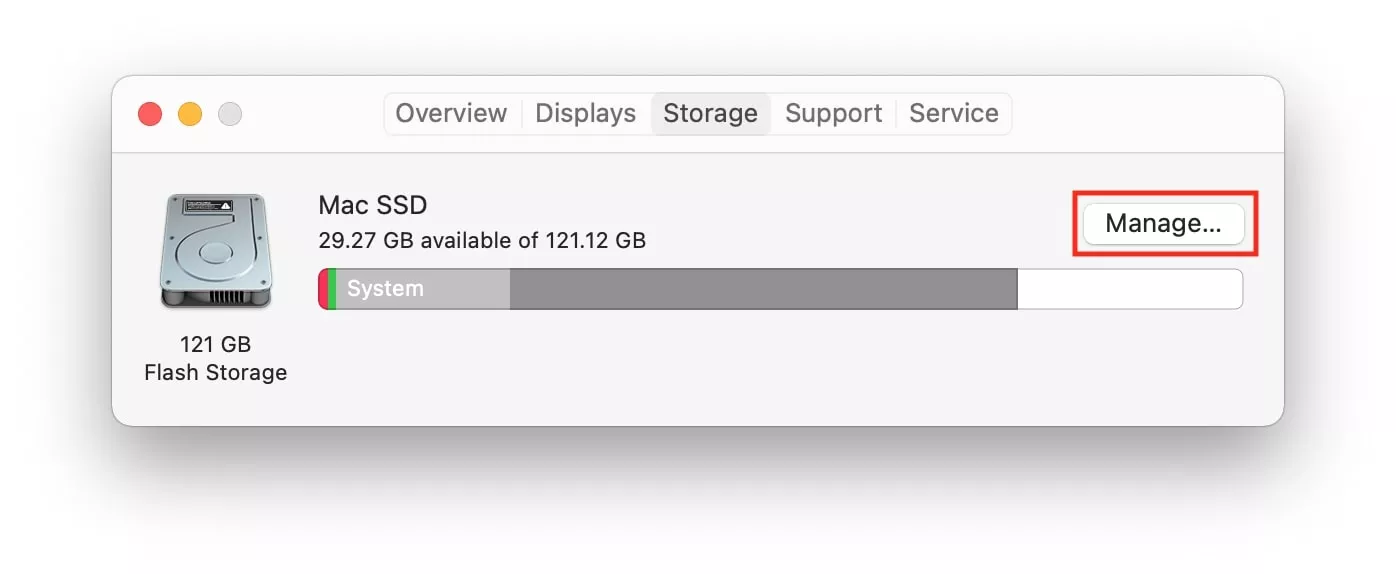
4. Click Manage
5. In the Optimize Storage section, click Optimize to remove shows and movies you've already watched
6. In the Reduce Clutter section, click Review Files to delete data you no longer need
7. Select useless files from the list and click Delete
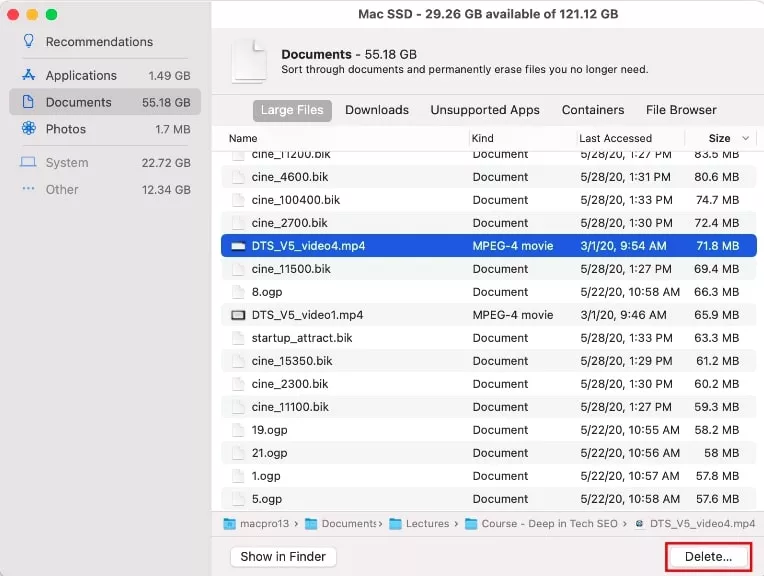
A faster way to clean up junk files is to use a Mac cleaner tool like MacKeeper. Its Safe Cleanup tool can remove junk files and clear system storage in a matter of seconds.
4. Install the latest macOS software update
By regularly updating software on your Mac, you ensure that its security features are working properly. You might also experience a Mac performance boost when you update macOS.
Apple regularly improves its software, and you don't want to miss an update that can speed up your Mac. A case in point is macOS Big Sur, which came with a version Safari that was 50% faster than Chrome at loading frequently visited websites.
It's also worth mentioning that a macOS update will clean caches and downloaded updates no longer needed by the system.
Follow these steps to update macOS:
- Go to the Apple menu
- Select System Preferences
- If an update is available, click Update Now or Restart Now
- Check the box next to Automatically keep my Mac up to date
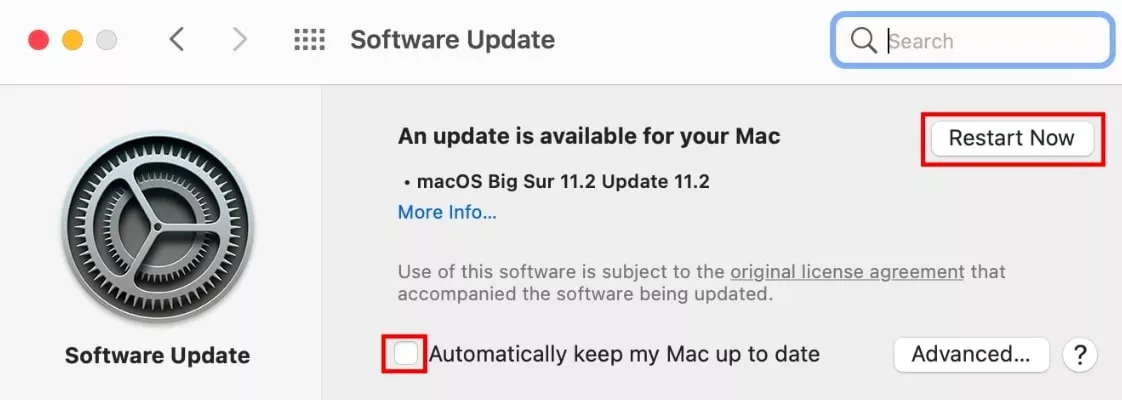
Keeping your applications updated also helps to speed up your Mac. But in addition to making it faster, app updates are also needed to address known security issues. For example, a previous update removed a Zoom security flaw that allowed hackers to hijack Mac cameras.
To ensure you're running up-to-date versions of your apps:
- Go to the App Store
- In the sidebar on the left, click Updates
- Next to pending updates, click Update
Note: Some third-party apps need to be updated separately, using their own interface. Such apps rely on pop-up notifications to inform you about available updates.
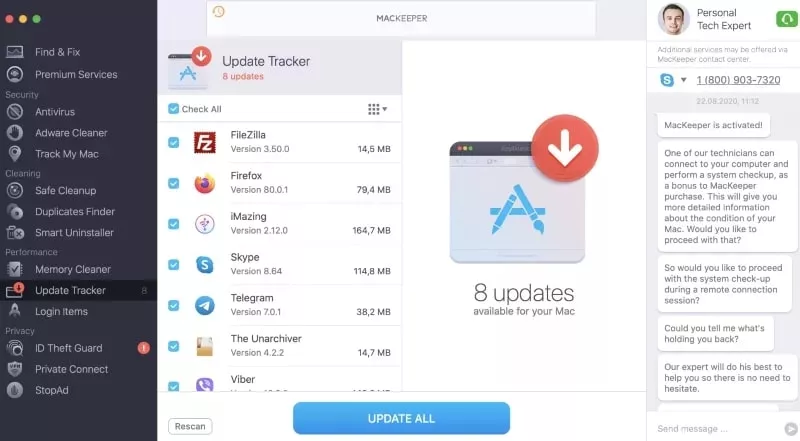
To save time, use the Update Tracker feature in MacKeeper. It shows all available updates, including third-party apps. With a click of a button, your Mac will install the latest versions of everything.
5. Reduce visual effects to free up system resources
Most of us are so used to using a Mac that we don't notice all the visual effects in the user interface, like subtle transparency or dock animations. However, your Mac can't help but notice these effects, since they often consume a substantial chunk of processing power.
Here are some ways to speed up your Mac by adjusting the visual effects:
- To minimize resource usage: Go to System Preferences, and then click on Dock. Untick the boxes next to Animate opening applications and Automatically hide and show the dock
- To disable transparency: Go to System Preferences → Accessibility → Display. Check the box next to Reduce Transparency
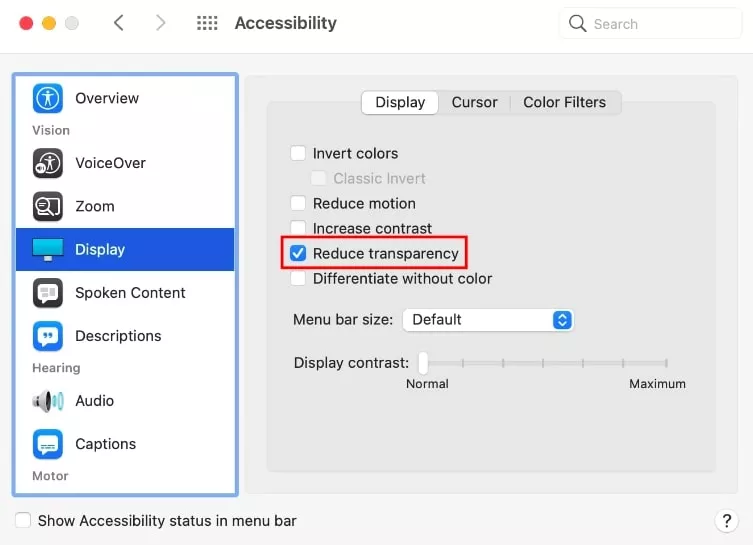
6. Free up some RAM to let your Mac run more apps
Before you start on this step, go to Applications → Utilities → Activity Monitor → Memory. At the bottom of the screen, you'll see a window titled Memory Pressure. How is it looking for you? If it's mostly green, then your RAM is doing just fine. If, however, it frequently turns red, then you might need some extra RAM.
RAM stores temporary data while you're using apps. If your app usage and accompanying memory pressure are too high, your Mac will slow down. To speed up your Mac, free up some RAM. You can even speed up an old Mac by installing more RAM.
Note: Not all models of Mac allow users to install more RAM; this is particularly true to newer Macs.
How to use Terminal to free up some RAM:
- Open Applications → Utilities → Terminal
- Type in sudo purge — a command that triggers RAM and cache clearing. Press Enter
- Enter your administrator's account password in the pop-up window

Another way to easily get back some speed is to use a RAM cleaner for Mac, which will close down apps and unnecessary processes running in the background.
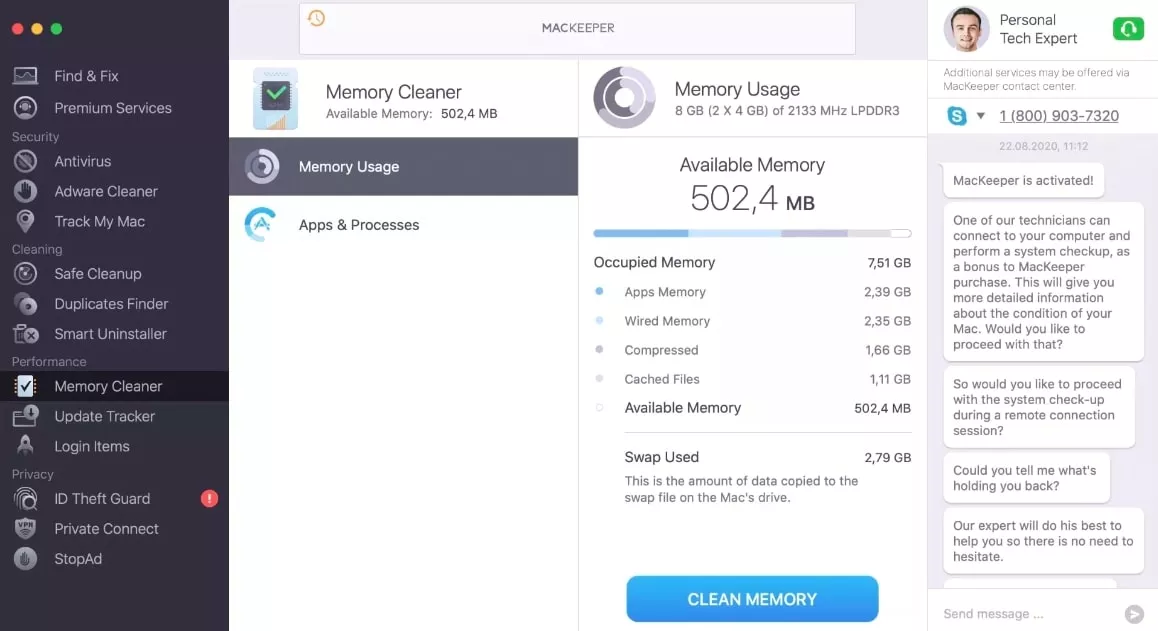
If you do decide to invest in a new RAM module make sure you get a genuine one from Apple — don't install any modules from third-party manufacturers. They might be cheaper, but the risk of damaging your Mac is higher.
If your budget is tight, consider purchasing an aftermarket memory module. Apple's website lists the memory specifications for iMac, Mac Pro, MacBook Pro, and Mac mini.
7. Stop unnecessary Spotlight indexing
Spotlight indexes your Mac to record the locations of all the files and applications on it. Even though indexing can consume up to 70% of your CPU, deleting Spotlight is not an option because macOS needs it to function properly.
Besides, Spotlight doesn't index your Mac all the time — only after a software update. Still, that doesn't mean you should allow indexing of unnecessary files and apps.
To increase your Mac's speed, avoid indexing files that you don't need in the search system by going to System Preferences → Spotlight → Privacy. Drag files and folders that you don't want Spotlight to index into the list of locations. This way, you'll reduce the amount of indexed data and ultimately speed up your Mac.
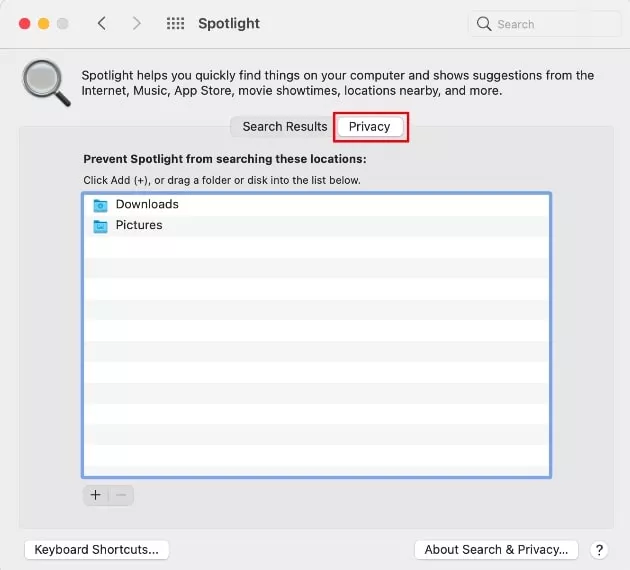
8. Swap your HDD for an SSD
Still wondering how to speed up an old Macbook? Try updating its hardware. Specifically, substitute your hard disk drive (HDD) for a solid-state drive (SSD), which uses newer, faster technology. SSDs draw less battery power, boosting battery life by 30 minutes or more.
Although they are costlier than HDDs, an SSD can boot up and write data five times faster (on average) than HDDs, while producing less heat, noise, and vibration in the process.
Before upgrading to an SSD, don't forget to back up your data. Use Apple's Time Machine tool to do this. Make sure to choose a Mac-friendly format for your new drive as well, preferably APFS+.
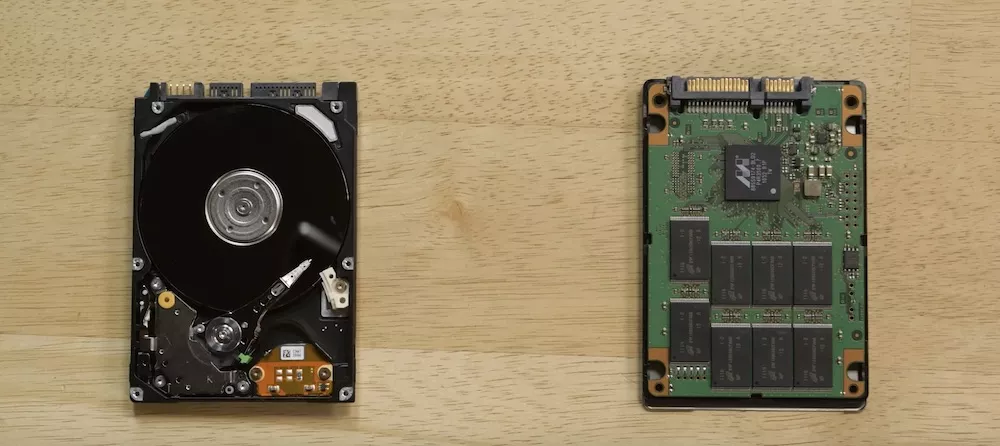
You may need to visit an Apple Store or find a qualified computer technician to install an SSD in your Mac.
9. Reset the SMC and NVRAM
The SMC controls all the power functions on your Mac, like the sleep function or boot-up procedure. So, naturally, your computer will malfunction if something goes wrong with it.
To reset the SMC, shut down your Mac, then hold the Shift + Control + Option + Power buttons for 20 seconds. Turn the Mac back on by pressing the power button again. This should make your Mac run faster. Older Mac models require a different process to reset the SMC, visit Apple's website for detailed instructions on how to do this.
The NVRAM contains information about basic configurations on your computer like the language and timezone. Upon reset, these functions go back to their default state — and doing so could boost your Mac's speed. You'll need to reconfigure any custom settings you previously changed after resetting the NVRAM.
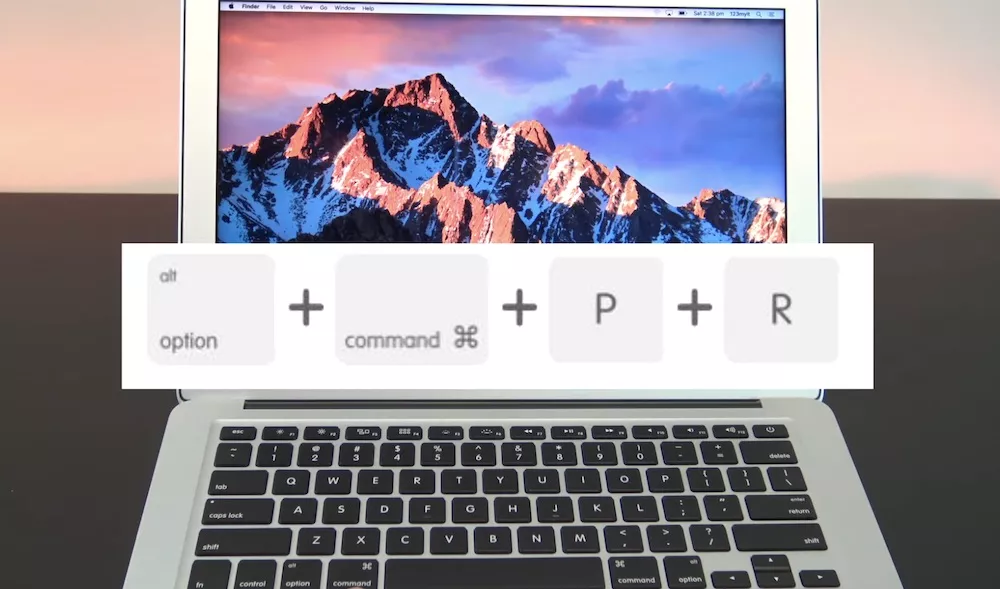
To reset the NVRAM, reboot your Mac and hold Command + Option + P + R while it boots up until you see the Apple logo appear twice. Then release the keys.
10. Uninstall unused apps and extensions
How many unused apps do you have? Depending on your user habits, the answer might be "too many." While there are no limits on the number of apps you can have, keeping it low is a smart choice. Why? Simply because unused apps consume too much free space, which restricts macOS. The same applies to browser extensions — install one too many and your Mac could screech to a halt.
So go ahead and remove unused apps and extensions to speed up your Mac. You can speed up the process by using an app cleaner tool for Mac that lists everything in one place.
Follow these simple steps to uninstall unused applications:
- Open Finder
- Go to Applications
- Go through the list of apps and select the ones you don't use
- Press Command + Delete
- Empty the Trash
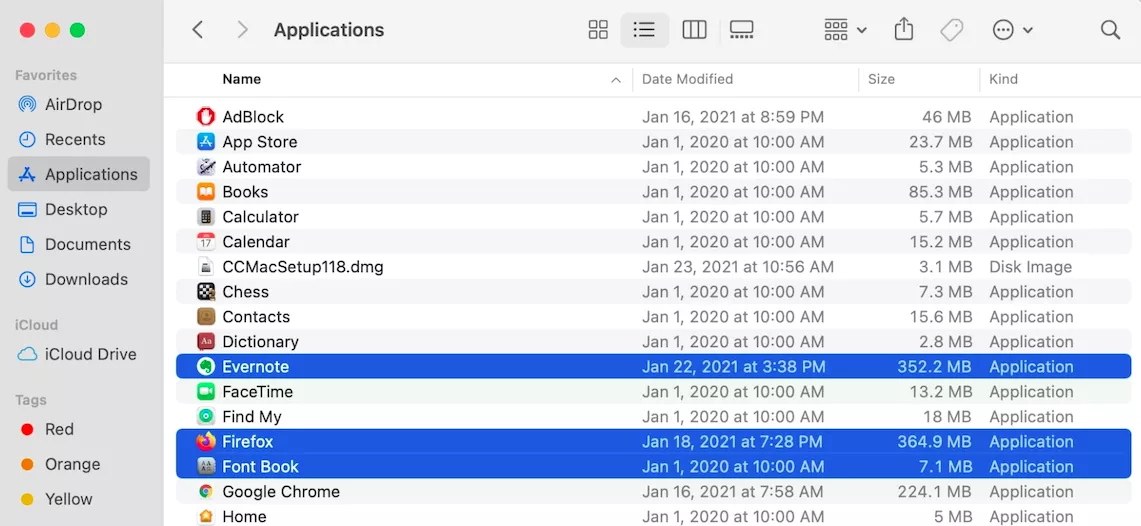
Or let MacKeeper delete apps for you:
- Open MacKeeper
- Navigate to the Smart Uninstaller tab and start the scan
- Click on the Applications tab
- Tick the apps you want to delete
- Click Remove Selected
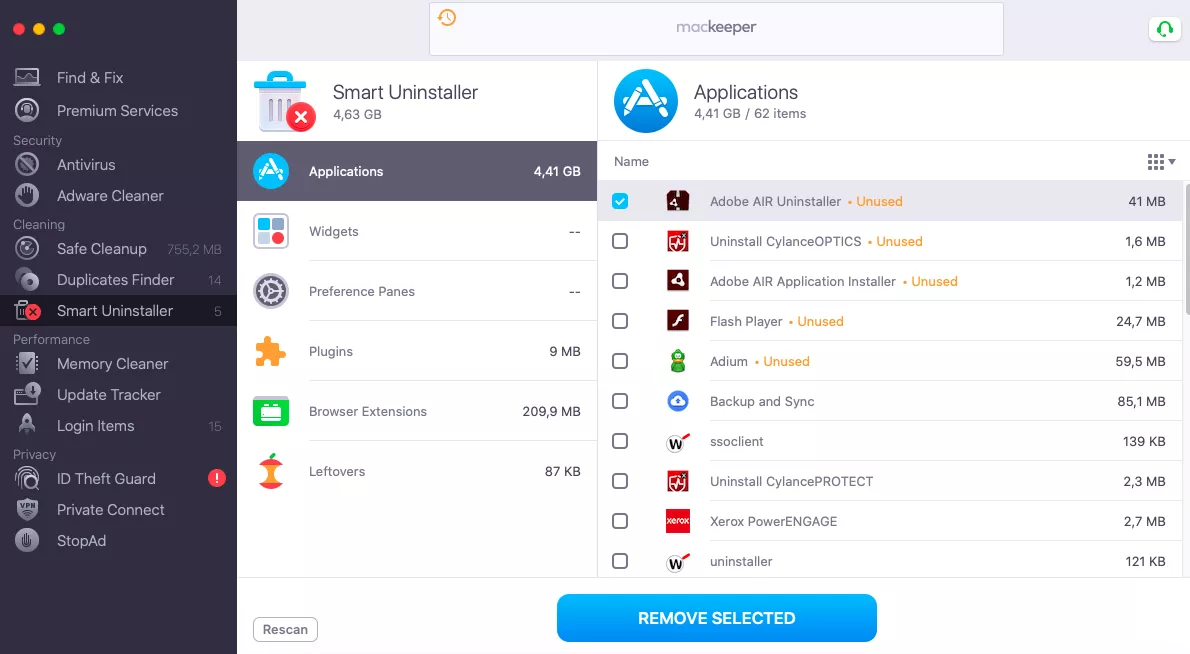
Now let's move on to deleting unused Safari extensions:
- In the Safari menu, click Preferences
- Select the Extensions tab
- Go through the list of extensions and select the ones you no longer need
- Click Uninstall and confirm the action
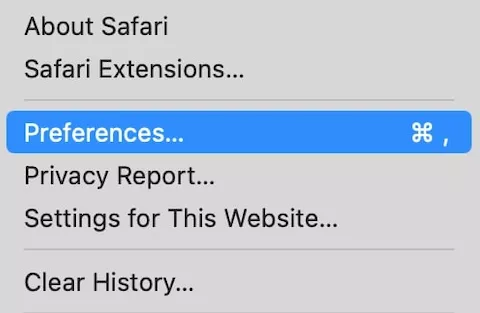
Your unused extensions should be gone now. But it doesn't mean you got rid of every space-wasting program.
Another location where you can identify unnecessary software taking up your computer's power and draining the battery life is in the System Preferences.
Open it by clicking the Apple menu from the menu bar on the top of the screen and selecting System Preferences. In the bottom panel of the window, you will see any custom items you've added to your system. Delete anything that you're not using as it will be taking up your system resources.
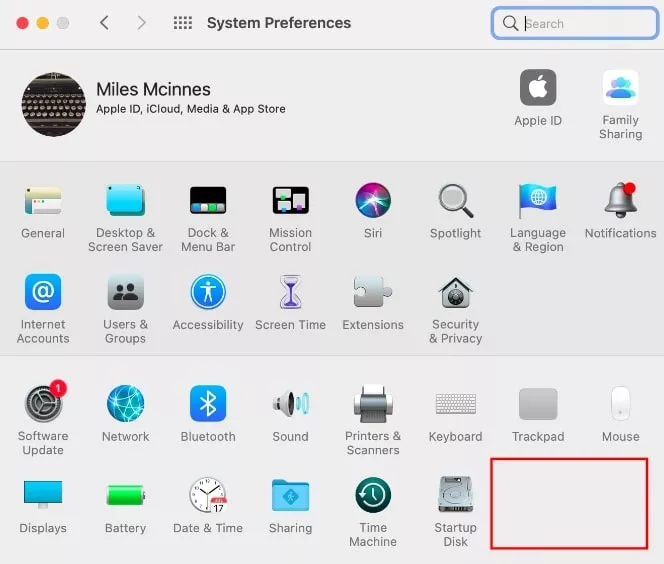
11. Reduce desktop clutter to free up system resources
Have you ever failed to find a folder because of desktop clutter? This is a typical situation if you take a lot of screenshots or tend to save other files to your desktop. Try deleting the files you don't need or change the default screenshot location to clean up your desktop. By doing so, you will free up more of your system's resources.
Want to keep your desktop files? Try using Desktop Stacks if you're running macOS Mojave or higher. This feature groups files on your desktop, keeping it tidy.
To stack your desktop files, right-click anywhere on the desktop and choose Use Stacks from the drop-down menu.
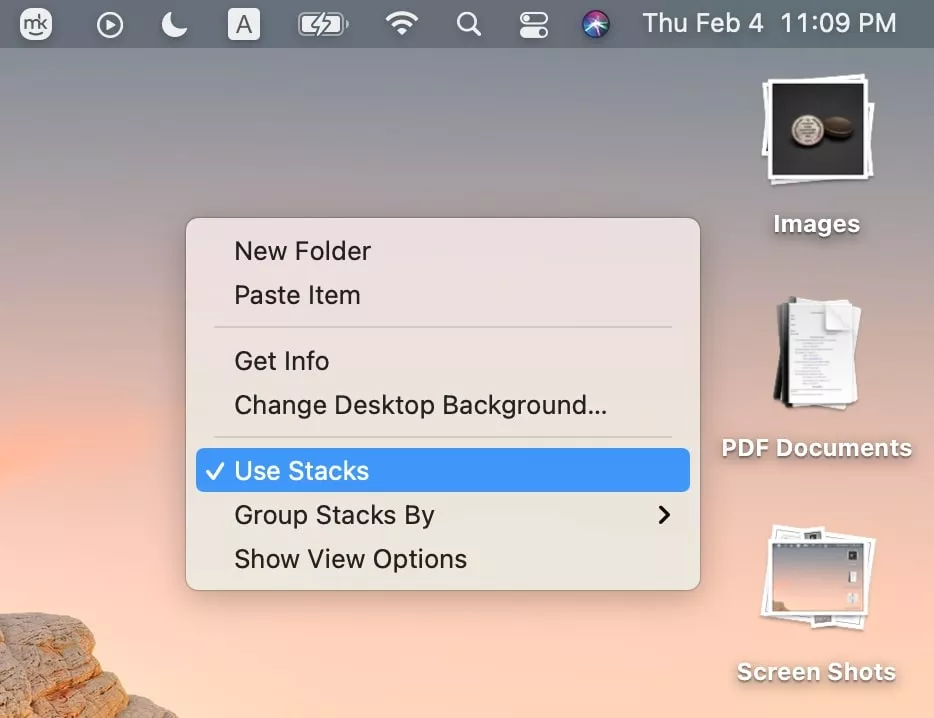
12. Empty your cache files
Cache files accumulated by macOS, apps, and browsers improve your user experience. However, too much of a good thing can cause performance issues down the road. After all, it's not uncommon for caches to balloon to several gigabytes in size.
To speed up your Mac, clear out the user cache regularly. Here's how:
- Open a new Finder window and select Go
- From the drop-down menu, select Go to Folder
- Enter ~/Library/Caches and click Go
- Go through each folder and drag cache files to the Trash
- Empty the Trash
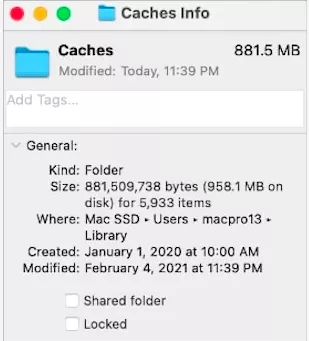
Now clean the applications cache:
- Open a new Finder window and select Go
- From the drop-down menu, select Go to Folder
- Enter /Users/YourUserName/Library/Caches and click Go
- Go through each folder and drag cache files to the Trash
- Empty the Trash
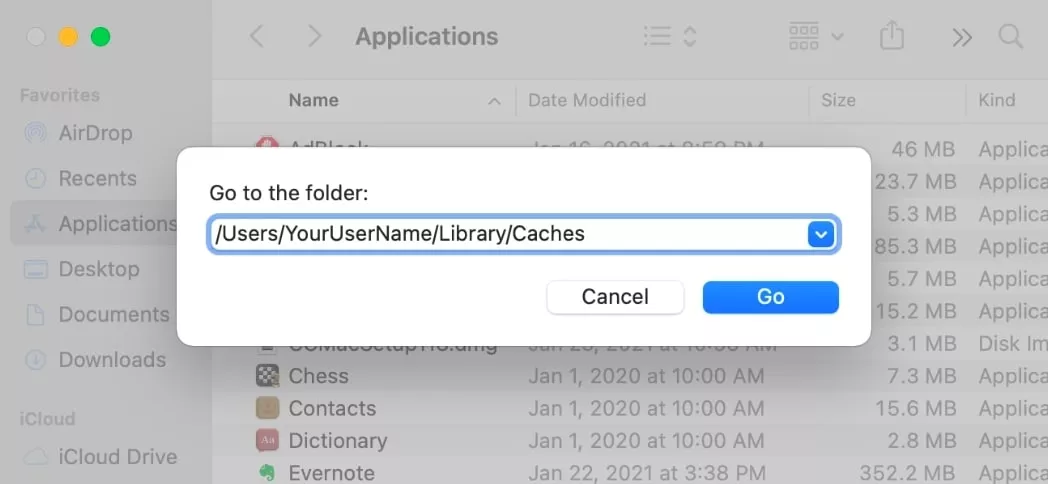
Here's how to empty the cache in Safari:
- In the Safari menu, click Preferences
- In the Advanced section, check the box next to Show Develop menu in menu bar
- In the Develop menu, click Empty Caches
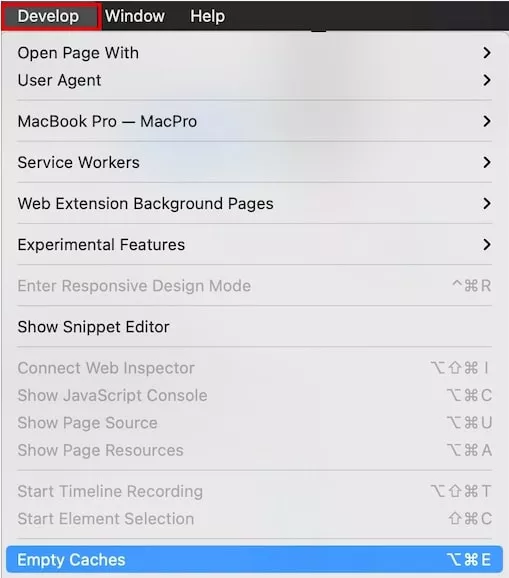
Need more help? Try MacKeeper!
If your Mac operates with the speed of a Mac five times its age, you need to determine what's causing it to drag, and take action. However, the sheer number of cleaning tasks ahead of you can be overwhelming. If you're not too eager to spend the whole evening trying to speed up your Mac, delegate the chore to MacKeeper instead.
Another way of speeding up your Mac is by using MacKeeper's Memory Cleaner tool. This Mac performance optimizer can give you a quick speed boost, by closing down background apps you don't need.
Here's how to use it:
- Install and launch MacKeeper
- Run Find & Fix scan
- Click Fix Items Safely and enjoy a seamless Mac experience
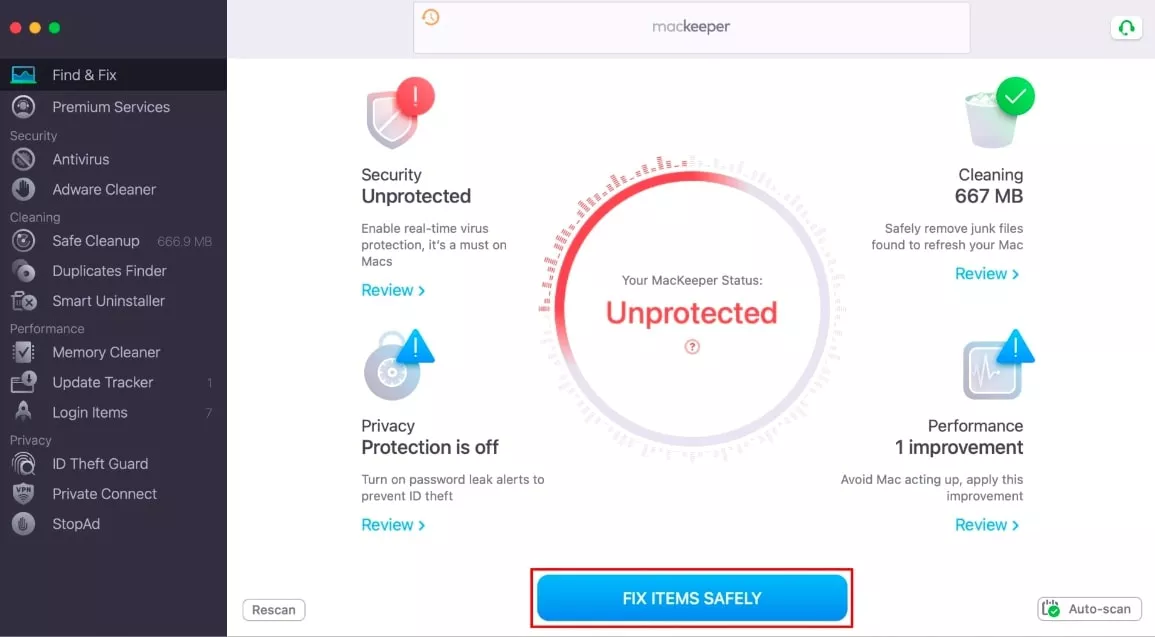
Just as your Mac is never too shiny and slick, it can never be too quick either. Make sure to regularly clean your Mac using these handy tips so you can enjoy the best possible performance.
Source: https://mackeeper.com/blog/how-to-speed-up-a-slow-mac/
0 Response to "How to Speed Up My Macbookpro Again"
Post a Comment